Beyond the fundamentals of having a shelter around us, home is a source of many things - respite, comfort, calm, a place we can entirely be ourselves. The four walls we surround ourselves with provide us with a space we get to see and know really well. Day in, day out, we pass in and through our homes, often (as many of us do now) spending most of our time there, eating, sleeping, working, being - however your life takes shape, the home is a, if not the most, central place in our lives.
But have you ever considered the role your home plays in your day to day wellbeing? For somewhere we frequent so much, it really is worth thinking about. Our external worlds, even if it’s as close as the immediate interior surrounding us, undoubtedly affect our inner - even something as simple as a particular colour can make us feel a certain way. In The Architecture of Happiness, Alain de Botton says, “We need our rooms to align us to desirable versions of ourselves and to keep alive the important, evanescent sides of us,” and he is not far wrong.
With this in mind, decorating homes to enable, sustain and stimulate mental wellbeing is becoming an increasingly more considered approach in interior design - think biophilia, natural materials and ethical trends - and often it doesn’t require huge overhauls or a bottomless budget to achieve. A world of difference can be made with some smart touches, whether you are feeling particularly called to make some changes in your life, or you are just curious. Follow our tips and let us know how you get along!

Photo: @nicolajaneloveshome
One size does not fit all
Before we dive into the specifics, we want to preface this topic by saying there is not one way to do this. The premise of decorating your home to boost your mental wellbeing is that it should be about you - your tastes, your needs, your home.
One of the first places people go wrong with interior decor is becoming too attached to a trend - while they can provide great inspiration for your space, they should, on the whole, remain just that - something to inspire your own style to arise.
Why is it important to make your space your own? Because this is what will connect you to it. There are many reasons why you may be struggling with your mental health, and this post is by no means trying to gloss over or provide a solution to those, but in promoting overall well being, a mood-boosting interior should come from you. Brainstorm what you like, the things, in all their random detail, that appeal to you. Then, from there, start considering how you might bring a flavour of this into your home.
Clear out the junk
It’s been said before, and we’ll say it again - a tidy home leads to a tidy mind. There’s a reason Marie Kondo and ‘minimalism’ have seen an explosion in popularity over the last decade. The psychological effects of a clear space are felt by many, and for good reason - "It's a very strange phenomenon, but when we reduce what we own and essentially 'detox' our house, it has a detox effect on our bodies as well," to quote Kondo.
This isn’t a way of us telling you to get rid of all of your stuff. Keep the things that you desire to, the pieces that have practical, sentimental and aesthetic value; this is what’s going to promote your wellbeing in the long run, the pieces that you will consciously and subconsciously turn to when your mood is a little low.
Just seriously consider, and re-consider, what plays a part and what doesn’t. Anything you forgot you had, you probably don’t need to hold on to. Anything that doesn’t rouse an inch of emotion, you might want to consider letting go. This is your decluttering process, your stuff you are making a decision on. Listen to your intuition, your gut, and you will know what you’ll want to be a part of your home going forward.

Photo: @trafohuset
Is there anything I can add?
The same applies the other way around as well. Additions to your space should be as seriously considered as the items that no longer make the cut. Is this ornament going to improve the quality of my life? If so, how? Why do I like this lampshade? What is it about this painting that draws me to it? All of these questions matter. Every single one is going to help you hone in on the space that works best for you.
If you have an inkling your home is a little on the cold side, we would suggest adding some more personable items here and there. Try framing a photo of your family or friends to hang in the living room, or digging out a trinket from a trip to have on display. Perhaps you even have some furniture that’s been passed down from a relative, or an heirloom that reminds you of someone close. These pieces don’t have to rouse anything overwhelming - just their presence, over time, will do their work.
Home in every sense of the word
It seems about time to mention that it’s not all about your home looks either. Textures, smells and sounds have a huge part to play in how it makes you feel day to day. If upholstering a sofa or chair to your tastes isn’t on the cards, definitely consider a cushion or blanket style that appeals to you; whether that’s for a chair you sit at most of the hours of the day, or an armchair you only curl up in with a book at weekends, small touches like this can make a big difference.
You can use the senses, in all their glory, to differentiate between the different elements of your home as well. To enhance the cosy, relaxing nature of the bedroom, keep textures warm and soft, perhaps adding in a rug if you don’t already have carpet down on your floor. Lighting a scented candle or two will really help in this department as well (read all about creating hygge in the home here) and never underestimate the power of music when you’re in need of some seriously restorative down time. We’d recommend investing in a portable speaker if you can, so you can easily soundtrack, if needed, your movements around your home.

Photo: @ourhome.24
A screen-free space
That being said, silence is just as important, especially time away from any distractions, such as other people and screens. If you live in a household full of others, the main priority when it comes to regulating your wellbeing is to make sure you have a space entirely to yourself. This may naturally be your bedroom, but if you can carve out any other areas to enjoy solo, then do.
Make sure there’s at least one room in the house where technology is a no-go as well. While digital advancements have enhanced our lives in many ways, they do arguably have a part to play in the rise of mental health issues in recent years. Like anything, it is important that time spent on screens is kept in check, and that space away from the glare of a laptop or phone is always available to you. Often we aren’t aware just how much these devices are shaping our lives - they’ve only been around for twenty years or so - so just bear this in mind if your wellbeing feels a little depleted some days - a digital detox may be exactly what you’re after.
A new form of self care
We hope our suggestions show there are many ways you can approach decorating your home with your mental health in mind, and you now have some food for thought when it comes to crafting your space. Whatever you end up settling on, stay open to it changing, and know that your home needs as much space to grow as you do. Even just being conscious of your decorative decisions is a form of care in itself, for the home that surrounds you and you, as a person, in it. Enjoy considering your space and connecting with it; it is yours to shape as you like.
Want to get decorating to support your mental wellbeing today? Check out our bespoke industrial homeware today.


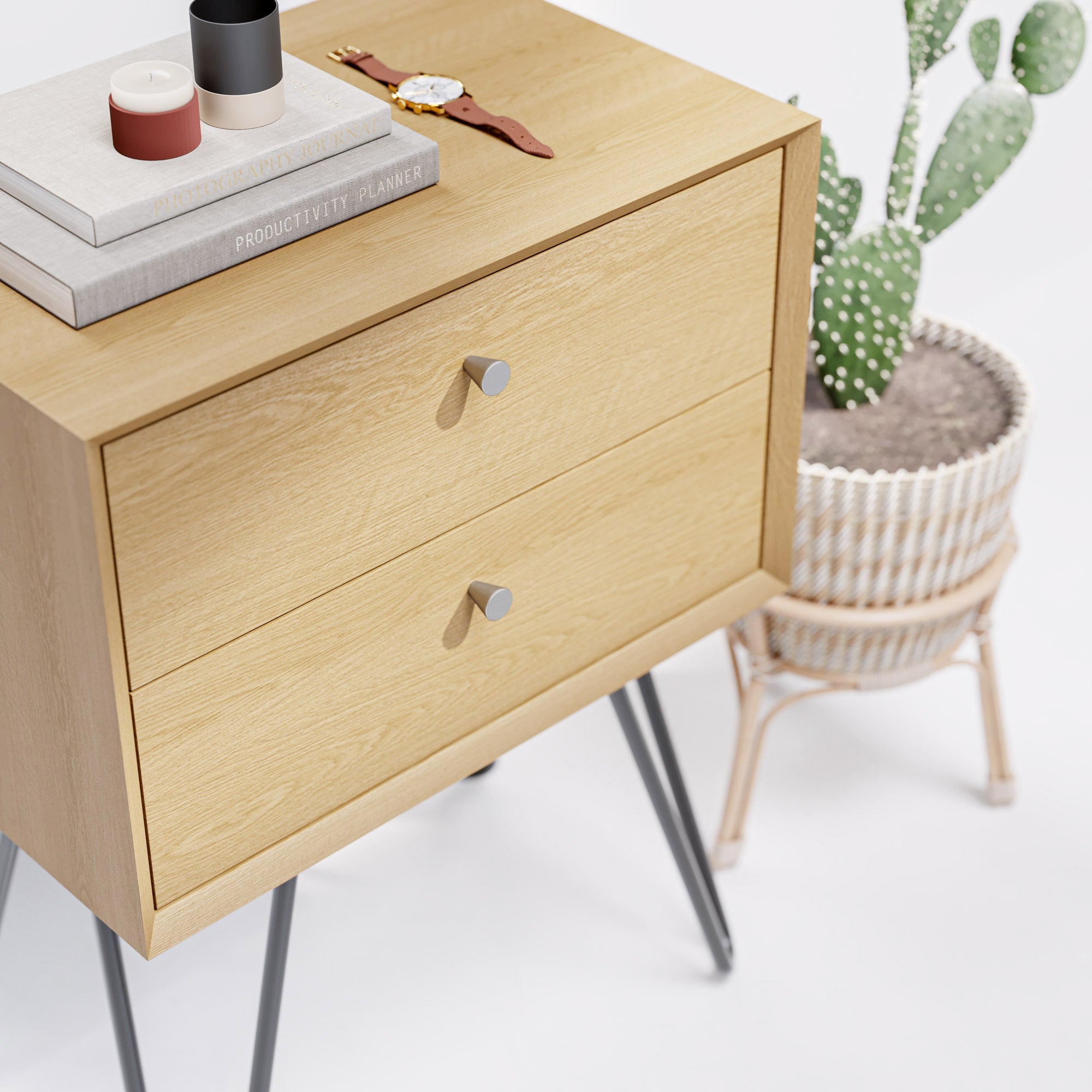
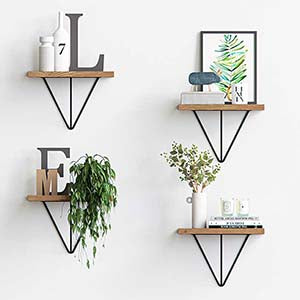
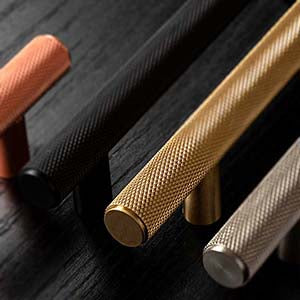
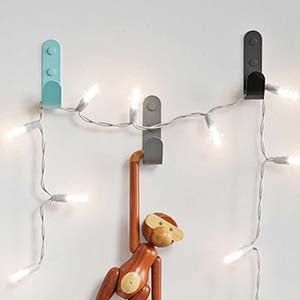
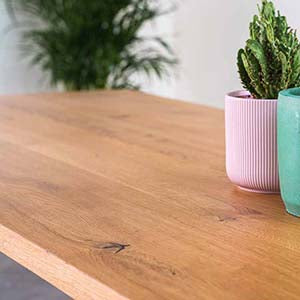
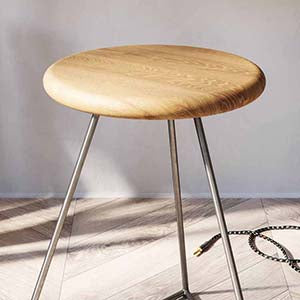
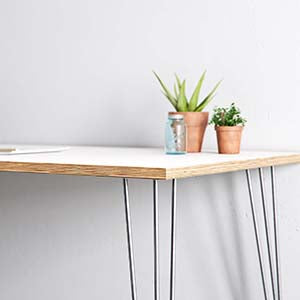

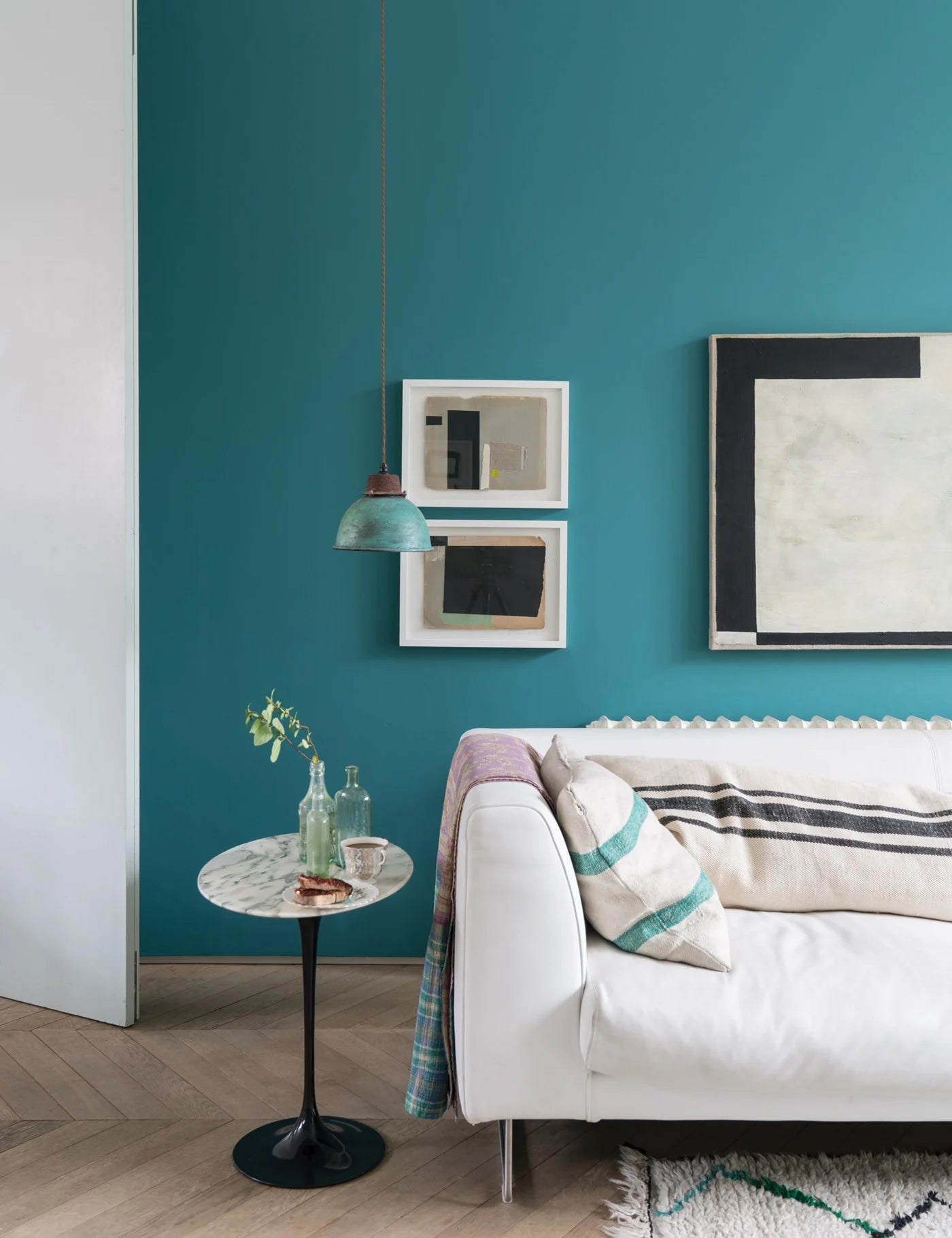
Leave a comment
This site is protected by hCaptcha and the hCaptcha Privacy Policy and Terms of Service apply.